Traditional for our country water heating is complicated and expensive at the installation stage. Therefore, many people are looking for other options for heating rooms, scrap houses, dachas and apartments. The first thing that comes to mind is electric heating convectors. Installation is super simple: put or hang, plugged into the socket. That’s it. You can get warm. The only limitation is whether the wiring can withstand such a load. Second – decent electricity bills, but they can be reduced by installing a two-tariff meter.
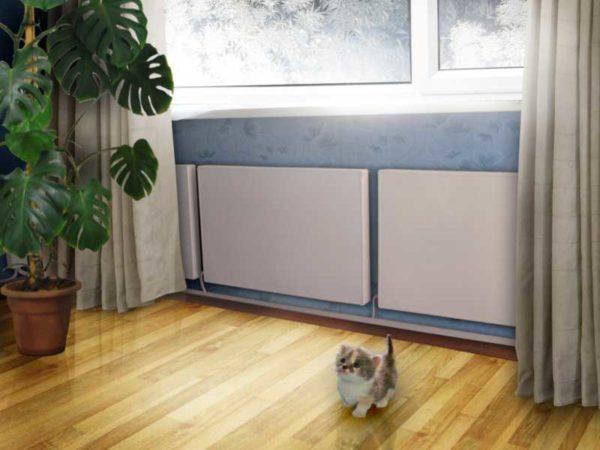
Cikk tartalma
What is convection and convector
Convection is the process of heat transfer due to the movement of heated air. A convector is a device that heats the air and promotes its movement. There are convectors in which heating occurs due to the circulation of the coolant, then they are part of water heating. But we will talk about electric convectors, which convert electricity into heat, and the air flows this heat around the room.
According to the method of installation convector electric heaters are wall, floor, in-floor (built below the floor level), plinth and universal (installed on the legs that come with the set or hung on the wall).
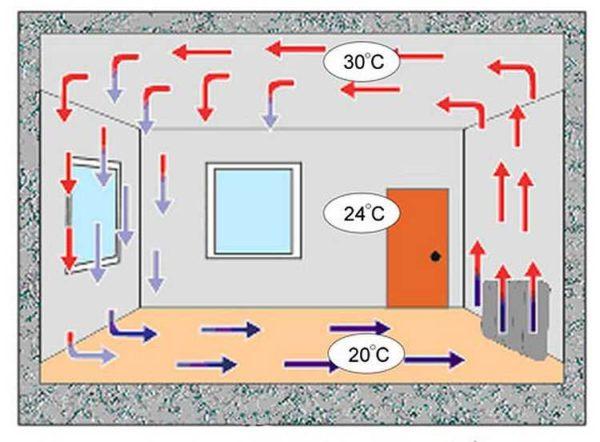
What form of electric convectors heating is better, it is impossible to say. All forms are developed taking into account thermodynamics (at least, normal firms do so), so that the choice is based only on your own preferences and on what design fits better into the design of the room. No one forbids to put in one apartment, house or even in a room eletkroconvektors of different types. The main thing that the wiring can withstand.
The device of electric convectors for heating
The device of the electric convector is simple:
- housing, which has holes for air intake and outlet;
- heating element;
- sensors and control and monitoring device.
The casing is heat-resistant plastic. The shape can be flat or convex, rectangular or square. The casing has holes at the bottom – in them cold air is sucked in. There are also holes in the upper part of the housing. The heated air comes out of them. Air movement occurs without stopping, so the room is heated.
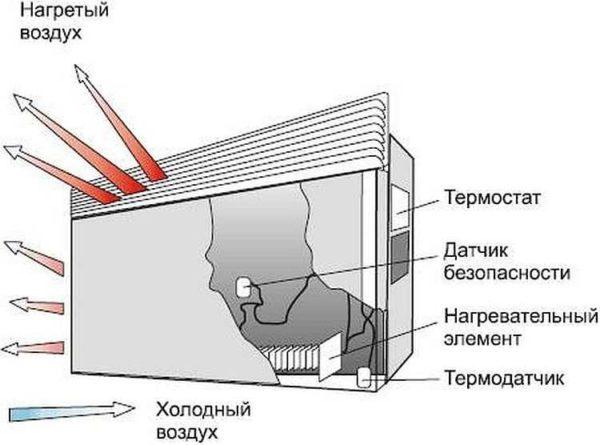
The heating element of the electric convector – this is what you need to pay attention to when choosing. From the type of heater depends on the service life of the equipment and air conditioning.
Types of heating elements for electric convectors
Heating elements in electric heating convectors are put three types:
- Needle. This is a strip of dielectric, in which loops-needles of chromium and nickel alloy are embedded. The surface of the heater is covered with a layer of protective varnish. Loops stick out from both sides, heated very quickly, as quickly cool down and this is a plus of such heaters – it is easy to maintain the set temperature. The second positive point is the low cost. Electric convectors with needle-type heaters cost one third cheaper. disadvantages – can not be used in high humidity, the fragility of the needles leads to the fact that such a heating element quickly goes out of order.
- TEN. Tubular electric heater. This is a hollow metal tube inside which the spiral is sealed. The distance between the spiral and the body is filled with heat-conducting filler. Heaters for convectors are additionally soldered with rib plates to increase heat transfer. The disadvantages of this heater are relatively low efficiency, high inertia – due to heat transfer losses from the coil to the body – it takes time to reach the operating mode. Another disadvantage: during operation, the heating element may crackle. The reason is different thermal expansion of the materials used. Advantages – the coil is reliably protected, convector heater can be used in humid areas. Also positive is the long service life.
- Monolithic heaters are the quietest, with minimal heat loss. The same nickel and chromium alloy filament is sealed in a cast housing with fins. Heat losses during transmission from the filament to the casing are minimal, and the thermal expansion of all parts is the same.
.
Electric convectors with monolithic heaters are considered the best, but they are also the most expensive. With the use of heating elements – a little cheaper.
Types of thermostats and controls
Electric heating convectors can be controlled by a mechanical thermostat or electronics. The cheapest convector electric heaters have a thermostat, which, when the set temperature is reached, breaks the power circuit of the heating element. When it cools down, the contact reappears and the heater is switched back on. Devices of this type can not maintain a constant temperature in the room – the thermostat is triggered by the heating of the contact plate, not the air temperature. But they are simple and quite reliable.
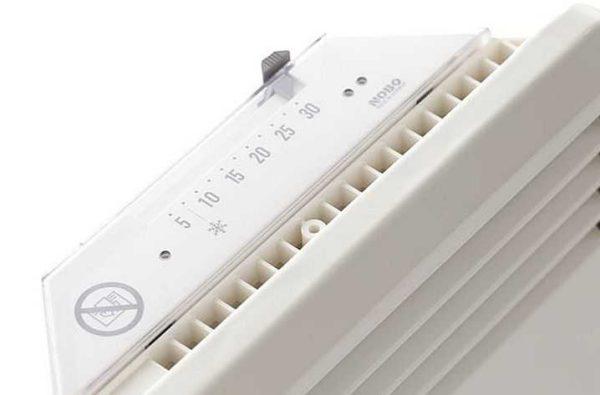
Electronic control involves several sensors that monitor the state of the air in the room, the degree of heating of the device itself. The data are processed by a microprocessor, which corrects the operation of the heater. The desired mode is set from the control panel located on the body, and there are also models with a remote control. You can find programmable models that allow you to set the heating mode for a whole week – while there is no one at home set to maintain about +10°C or lower and save on bills, by the arrival of people, the room to warm up to a comfortable temperature. There are generally “smart” models that can be integrated into the system “smart home” and control them from a computer.
Choosing the place of installation
More precisely, the question is not so: which convectors will be suitable for the fulfillment of your wishes. If you want to bring the appearance of the room closer to the standard, you can hang rectangular wall convectors under the windows. A little more attention is attracted by models that can be installed under the ceiling, but they are inaccessible to children and pets – they will not be able to burn or “adjust” in their own way. The method of installation is the same – on the brackets fixed on the wall. Only the shape of the brackets differs.
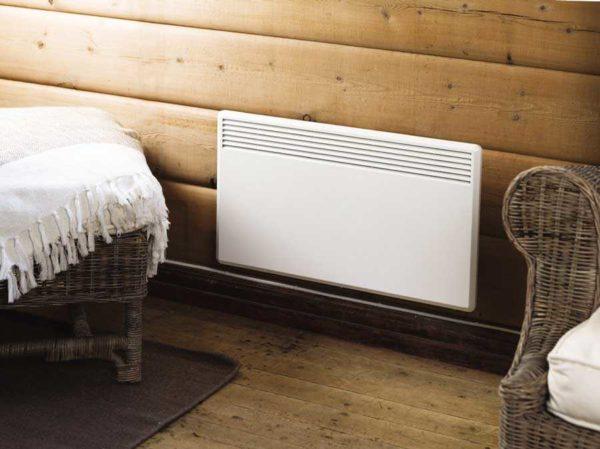
If you want the heater to be invisible – you have to choose between plinth models and in-floor models. There is a big difference in the installation: the baseboard ones are just put and plugged in, while the in-floor ones will have to make special notches in the floor – their top panel must be at the same level as the finished floor.In general, they will not be installed without major repairs.
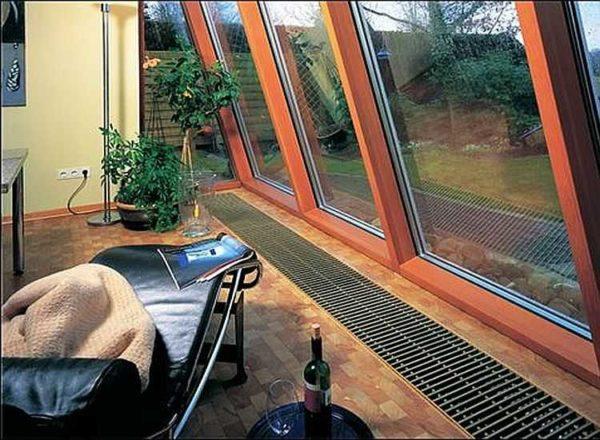
Power calculation
If the convector is needed only as an additional source of heat – for the period of severe cold weather – it makes sense to take a couple of devices of small power – 1-1,5 kW. They can be moved to those rooms where it is necessary to raise the temperature. If convector heating is the only source of heat, everything is much more serious.
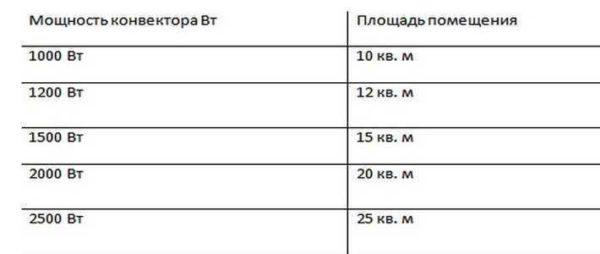
If everything is to be done “wisely” it is required to calculate the heat losses of the house or apartment and according to the results of the calculation to select the equipment. In fact, so do very rarely. Much more often consider the necessary power of heating in the area: to heat 10 square meters. m. area requires 12 kW of heat. But these are the norms for average ceiling height – 2,50-2,70 m and average insulation. If the ceilings are higher (it is necessary to heat the volume of air) or insulation is absolutely “no”, the power is increased by 20-30%.
Manufacturers, characteristics and prices
Electric convector heaters are produced by several companies that produce other household appliances – Electrolux, AEG, Hyundai, Stiebel Eltron, Zanussi. In addition, there are many firms that specialize in just such appliances or produce two or three more groups of goods. Among them there are Russian manufacturers – Ballu, Termica, Ural-Mikma-Term, Elvin. There is also a whole group of European brands:
- Airele, Noirot and Atlantic (France),
- Extra, Royal Thermo, Scoole, Timberk, WWQ (PRC),
- Frico (Sweden),
- NeoClima (Greece),
- Nobo (Norway)
and many others. Electric heating in Europe is the norm, they rarely have water heating. Hence the number of companies engaged in the production of such appliances. But, as is the case in recent years, most firms have taken the production in China, so that the assembly is mainly Chinese, although quality control should be at the level.
Electric heating convectors can be from 0.5 kW to 2.5-3 kW. They work mainly from a network of 220 V, if necessary, you can find three-phase – from 380 V. With increasing power, the size (mainly depth) and price increase. If we talk about prices on average, the price of imported electric convectors is about 80-250$, for Russian – 30-85$.
| Név | Teljesítmény | További funkciók | Mounting type | Type of control | Heating element type | Dimensions (D*W*H) | Ár |
|---|---|---|---|---|---|---|---|
| AEG WKL | 0,5/1/1,5/2/2,5/3 kW | Overheating protection | Wall mounted | Thermostat | FET | 78*370*450 | 105 – 195 $ |
| Airelec Paris digital 05DG | 0.5 kW | Protection against overheating | Wall-mounted | Electronic | Monolithic | 80*440*400 | 60-95 $ |
| Termica CE 1000 MR | 1 kW | Overheat protection + ionizer | Floor standing | Thermostat (mechanical) | TEN | 78*400*460 | 50 $ |
| Nobo C4F 15 XSC | 1,5 kW | Overheating and tipping shutdown | Wall/floor mounted | Electronic | FET | 55*400*975 | 170 $ |
| Stiebel Eltron CS 20 L | 2 kW | Overheat protection + fan | Floor standing | Thermostat (mechanical) | spiral heating element | 100*437*600 | 200-220 $ |
| Stiebel Eltron CON 20 S | 2 kW | Protection against overheating | Floor | Thermostat (mechanical) | Stainless steel heating element | 123*460*740 | 450 $ |
| Noirot Melodie Evolution1500 | 1,5 kW | Overheating and tipping over shutdown | Wall-mounted (low height) | Electronic | Monolithic | 80*220*1300 | 300-350 $ |
| Ballu BEC/EVE – 1500 | 1,5 kW | Overheat and overturn shutdown | Wall/floor | Electronic | Double G Force heater | 111*640*413 | 70 $ |
| Timberk TEC.PF1 M 1000 IN | 1 kW | Disconnection at overheating and tipping + ionizer | Wall/floor mounted | Thermostat (mechanical) | Needle + quiet + economical | 100*410*460 | 65 $ |
| Dantex SD4-10 | 1 kW | Overheating and tipping shutdown | Wall/floor mounted | Electronic | Needle + quiet + economical | 78*640*400 | 45 $ |
Useful additional functions
Choosing electric heating convectors, pay attention not only to technical parameters. There are also additional functions that increase comfort and safety:
Protection against overheating and shutdown in case of a fall – very useful functions that increase the safety of the equipment. What else you can pay attention to is how quiet or loud the unit runs. It’s not just the TEN (it usually clicks). When triggered, the mechanical thermostat also clicks. If you choose convection heaters for the bedroom, quiet operation is very important.

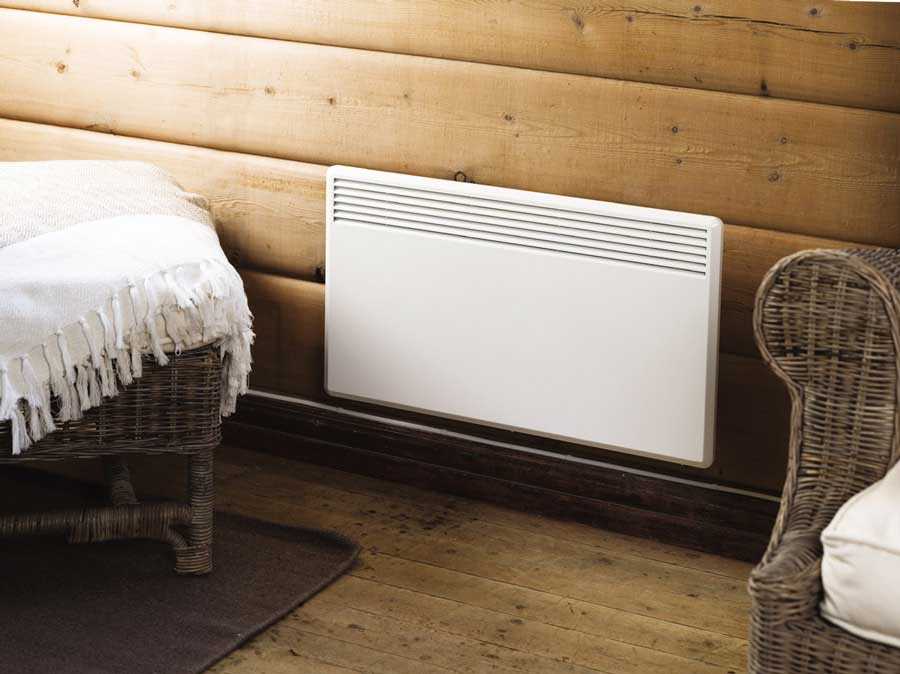
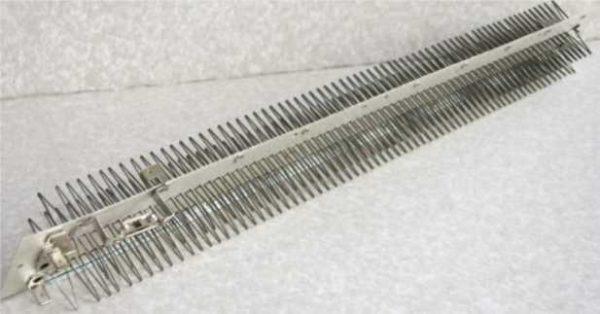
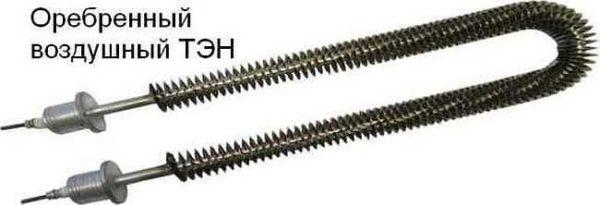
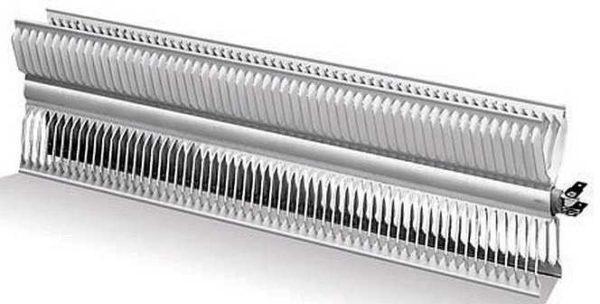
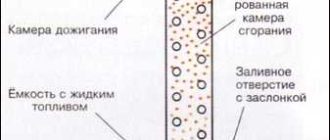
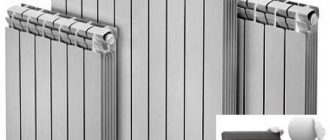
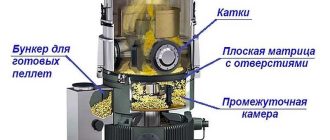
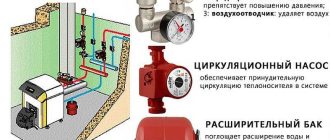
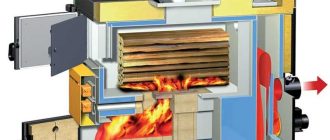
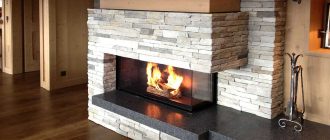
I recently switched to electric convector heaters, and I’m so glad I did! They heat up super quick and really save on my energy bill. Plus, they look sleek in my living room. Totally recommend! Great article on the options out there!